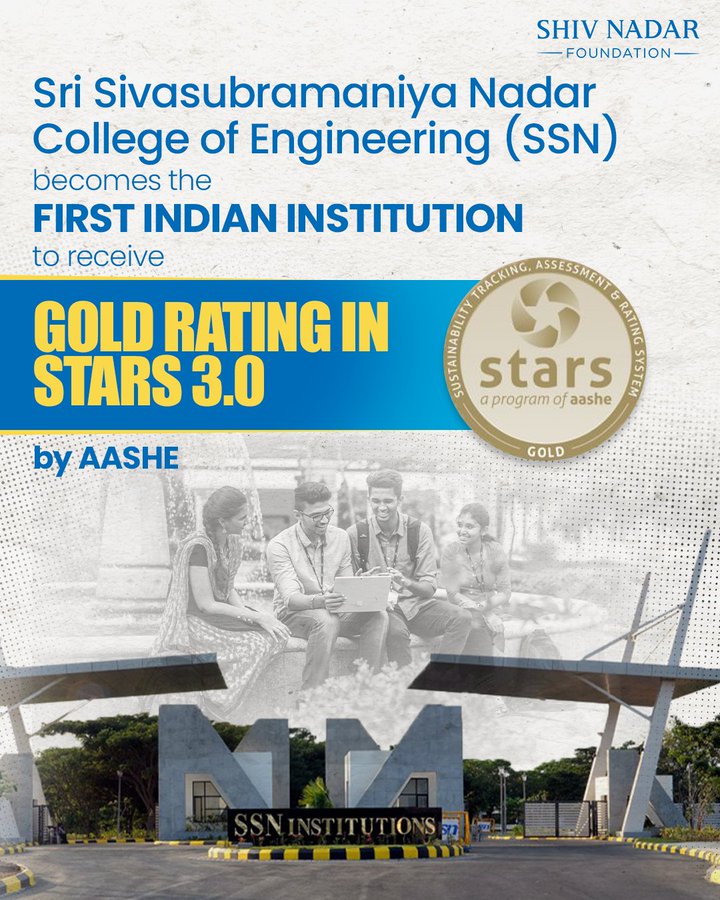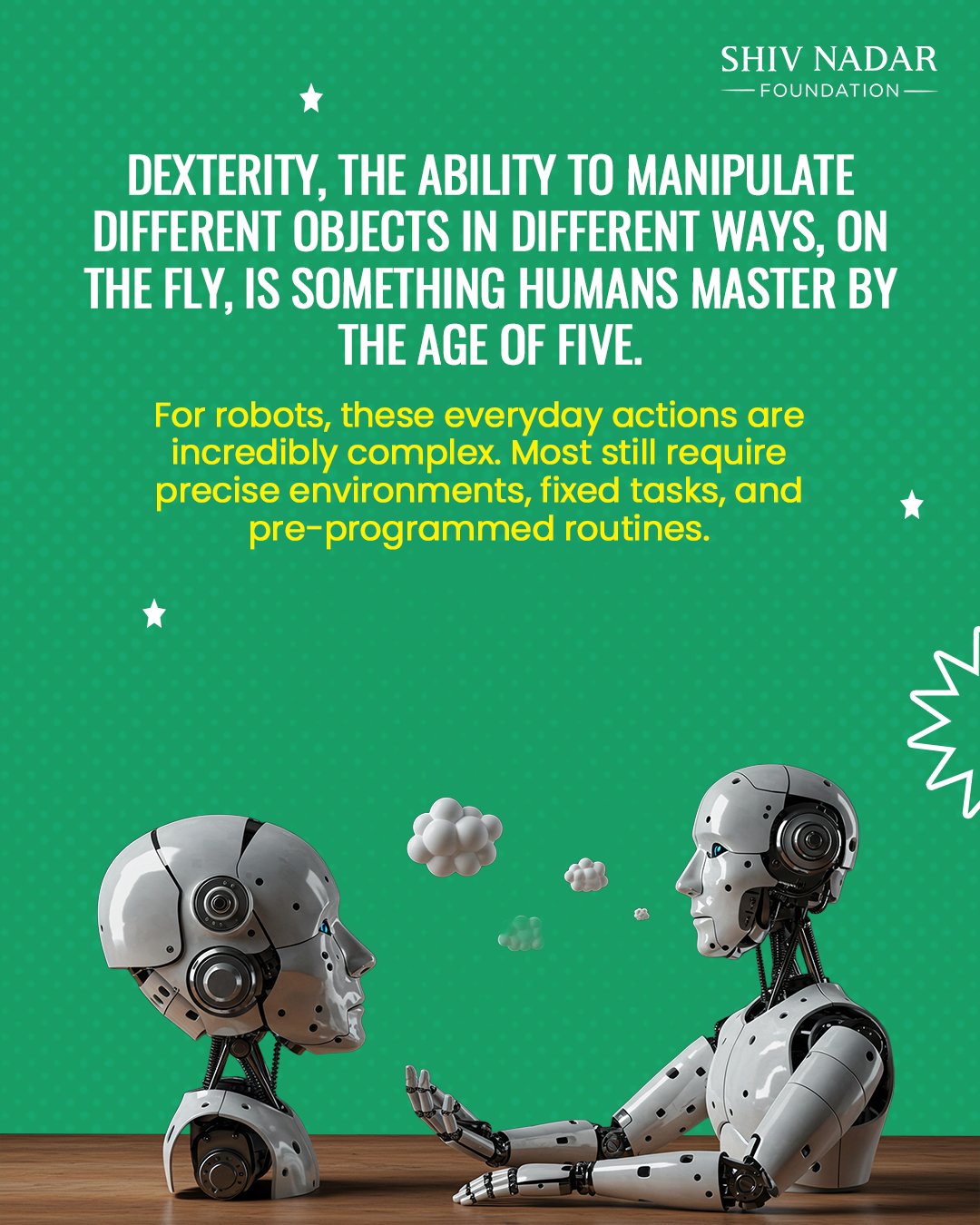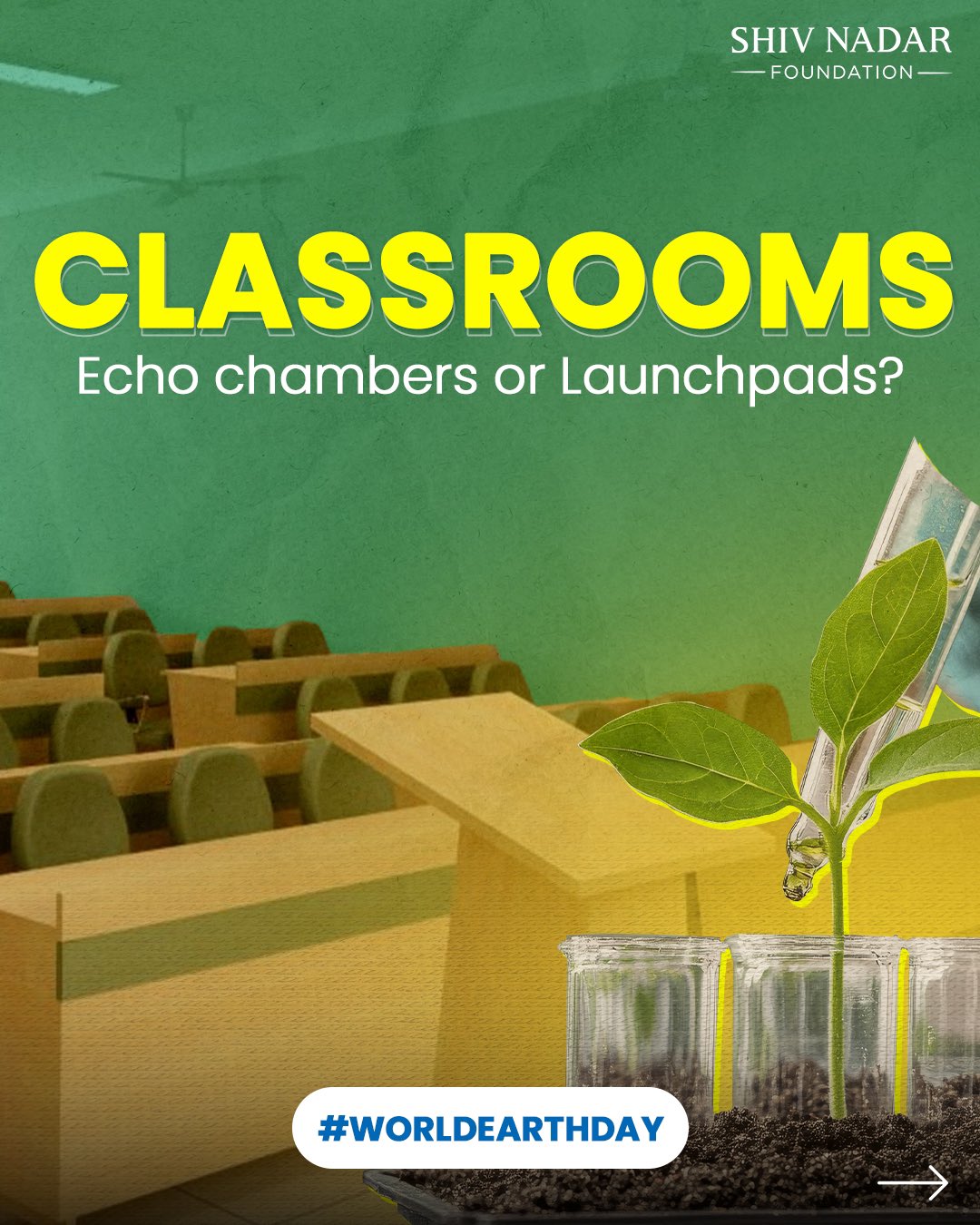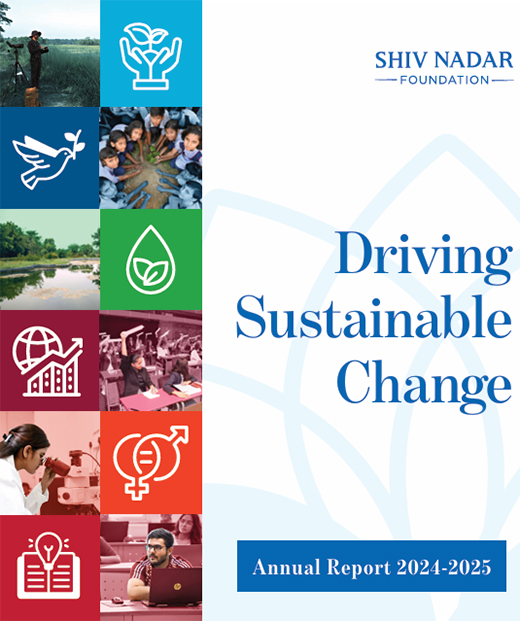How Technology and Teachers Together Are Revolutionising Literacy in India
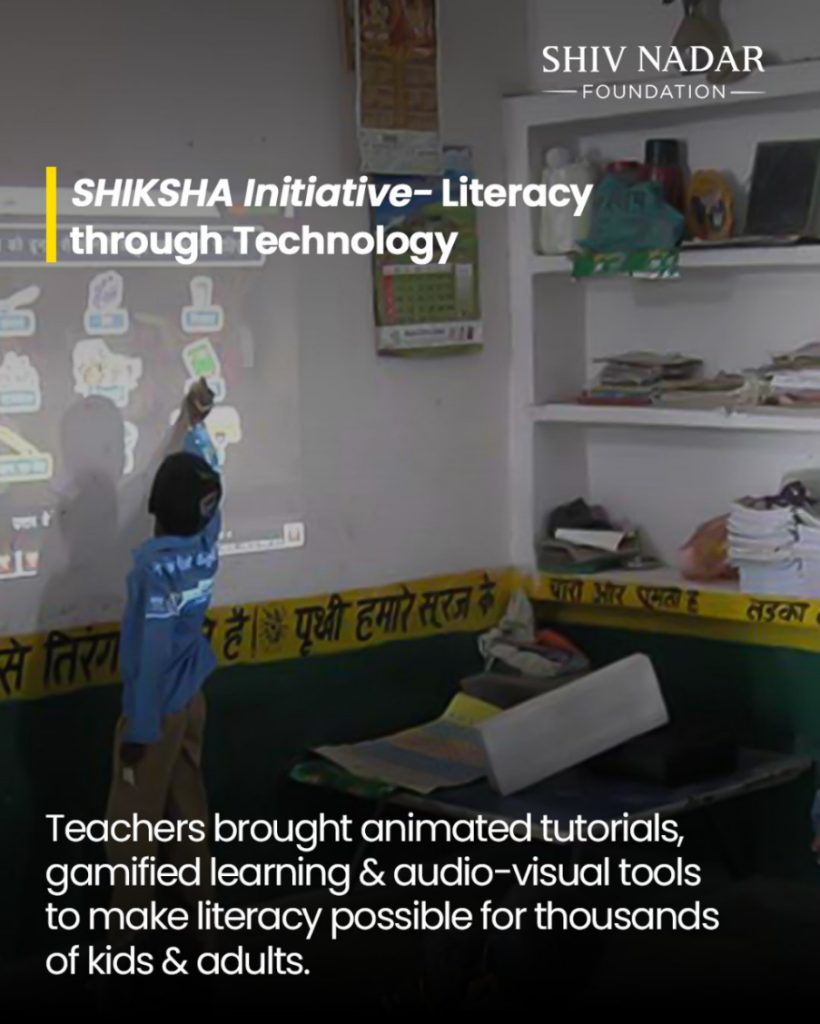
In many parts of India, children and adults once struggled with basic literacy, limited by traditional methods and scarce resources. Today, classrooms and community centers tell a different story. Behind every change in education lies the dedication of teachers who refuse to accept limitations. While technology offers tools, it is teachers who bring them to life. In literacy programs in India, this partnership between innovation and human guidance has created new pathways for students to learn, question, and imagine. What many once thought impossible, teachers have made achievable.
Teachers as Innovators in Literacy
Teachers who bring creativity to the classroom have played a crucial role in shaping the modern education system in India, which extends beyond textbooks and tests. They are encouraging students and rethinking literacy via interactive teaching. The SHIKSHA Initiative of the Shiv Nadar Foundation exemplifies this change by enhancing regular training with gamified tasks, animated tutorials, and audio-visual assistance. For example, teachers use short animated stories to explain the alphabet or introduce quiz-based games where learners earn points for correct spellings. These changes have increased participation in literacy programs among adults and children in India, demonstrating that teachers can make significant strides when they adopt new approaches.
The Role of Technology in Learning
Lessons now take place outside traditional classrooms, thanks to the digital transformation in education; however, the effective use of technology is essential. Teachers demonstrate how interactive platforms, applications, and software can educate writing, reading, and pique students’ interests. By altering these tools, students can revisit content, relate concepts to actual circumstances, and study at their own pace. The programs of the Shiv Nadar Foundation exemplify this philosophy of transformational education, where technology and human supervision work in tandem to provide meaningful learning experiences.
Shiv Nadar School: From STEM to STEAM
Shiv Nadar School, part of the Shiv Nadar Foundation, is notable for its teacher collaboration and innovation. Teachers have widened traditional STEM teaching by including the arts, resulting in the STEAM method. Students work on projects such as eco-city models, mathematics raps, and animated scientific storytelling. This combination of creativity, science, and technology promotes empathy and imagination. Such projects demonstrate how the modern education system in India is growing, integrating critical thinking with artistic expression to better prepare students for the future.
A Broader Impact of Collaboration
Whether it is the SHIKSHA Initiative expanding literacy or Shiv Nadar School blending arts with science, the philosophy remains the same: technology serves as a tool, but it is teachers who bring it to life. The success made in literacy programs in India and at institutions such as Shiv Nadar School demonstrates how education is being redefined. Teachers are leading the digital transformation in education while maintaining technology as a tool, not a goal. Instead of making children passive learners, this fosters an environment in which they may become active participants. These Shiv Nadar Foundation-funded activities are excellent instances of transformational education, which encourages children to be creative, cooperative, and responsible in addition to learning facts.
Conclusion
The collaboration between teachers and technology is driving a significant transformation in Indian education. Literacy programs in India are flourishing because educators have transformed obstacles into opportunities, and institutions such as the Shiv Nadar Foundation and the Shiv Nadar School are demonstrating how interdisciplinary, holistic education can help children prepare for the future. India’s current educational system is shaped by teachers who infuse each class with vision, creativity, and dedication, not just by technology and platforms.
FAQ
Q1. How does the Foundation promote the modern education system in India?
A1. By encouraging innovative teaching and multidisciplinary learning that gets students ready for the future.
Q2. Why is the quality of education important?
A2. It builds knowledge, skills, and creativity for success and contribution.
Q3. Why do we need more innovation in education?
A3. Innovation adds excitement and significance to learning. It ensures that students stay prepared for changing times and can handle future challenges with confidence.









